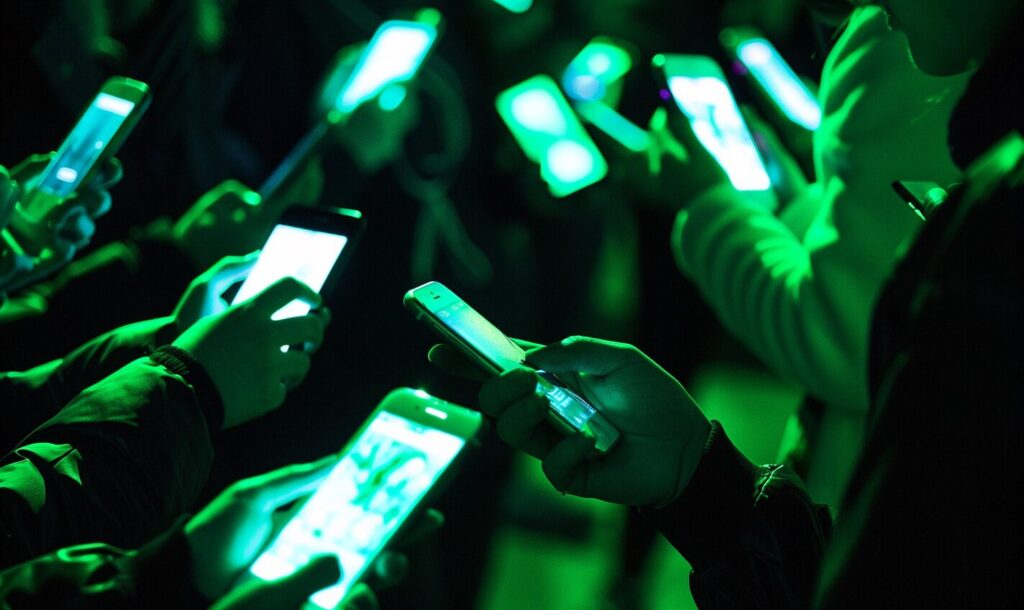The retail sector is changing rapidly, thanks in large to the introduction and adoption of new technologies. Here are six tech trends that will shape the consumer experience of the future.
1. Visual and Voice Search
Gone are the days when your only search option used text — at least, those days will disappear soon. Retailers are starting to roll out visual search, and thanks to smart speakers like Google Home and Amazon Echo, consumers can now search using their voices too.
Fashion retailers were among the first to introduce visual search into their apps, with brands like H&M, Forever 21 and Farfetch getting in on the action. Farfetch’s visual search feature, for instance, allows users to uploads photos and screenshots to search for products. Meanwhile, researchers forecast voice shopping will grow to a $40 billion market by 2022.
2. Deal Finder Apps
Customers today, through apps, also have more options for finding deals. This means they can easily shop around, increasing the intensity of competition among retailers.
Using the iPhone app, Flipp, for example, shoppers can look through flyers from hundreds of stores to find the best deals before they head out on a shopping trip. The ShopSavvy app allows users to scan barcodes in stores to check if there’s a better deal elsewhere. You can also have the app alert you when the prices drop for products you’re interested in.
3. Online Ordering for Delivery or Pick-Up
Shopping options that allow users to order online and receive quick delivery, or in-store pick-up options, are also becoming increasingly popular. Online grocery shopping is thriving with services like AmazonFresh and Peapod from Giant and Stop & Shop. With Google Express, you can shop at numerous stores online and consolidate your orders into one or two deliveries.
Online ordering for delivery and pick-up are just one facet of the larger on-demand economy. In addition to ordering from stores, you can order from restaurants, call a ride through a rideshare app and quickly download videos. Overall, about 22.4 million consumers per year now participate in the on-demand economy, spending $57.6 billion collectively.
4. Automated Checkout and Cashierless Stores
Amazon made headlines with Amazon Go stores, which don’t require shoppers to check out. Instead, shoppers download the Amazon Go app, use it to enter the store, take the items they want and leave. Their Amazon account will then get charged for what they take. According to Amazon, the stores, which sell ready-to-eat food and grocery items, use a combination of computer vision, deep learning and sensor fusion.
We could soon see other retailers adopt Amazon Go-type models. We’ll also likely see improved self-checkout technologies in stores that continue to require more traditional payment methods.
5. Robotics
Retailers are also ramping up their adoption of robots, on both the in-store and fulfillment sides of things. The supermarket chain Giant Food Stores recently introduced a robot named Marty to its stores that rolls around looking for spills and other hazards so it can alert employees about them. Giant says the robots free people up to focus on customer engagement.
Shoppers may also soon begin seeing drones flying around in stores. Tech company Pensa Systems is working on a system that uses drones and computer vision to keep track of in-store inventory.
More companies are also using robotics in their fulfillment centers. Amazon, again, is leading in this area. The ecommerce giant currently has about 100,000 robotic systems across 25 fulfillment centers and recently acquired Colorado-based warehouse robotics company Canvas Technology.
6. AR and VR
Augmented reality (AR) and virtual reality (VR) are other technologies that we’ve heard about for some time. Companies have used AR to let consumers try on clothing, glasses and makeup and visualize what their homes would look like with new furniture.
Recently, Walmart added an AR scanner to its app that helps shoppers compare products. Customers can use the feature to scan multiple items to see pricing and customer rating comparisons.
Macy’s, meanwhile, has introduced its VR furniture shopping experience into more of its stores. The system lets shoppers use VR headsets to rearrange virtual furniture to design a living space and then virtually walk through the space they created.
Retail is becoming more high-tech, and the worlds of online and in-store retail are beginning to blur. Customers now have more options for how they want to shop, and retailers are introducing more advanced technologies into their stores to improve customer experience.
These six technologies will be some of the main drivers of these changes in the coming years.
Recent Stories
Follow Us On
Get the latest tech stories and news in seconds!
Sign up for our newsletter below to receive updates about technology trends














